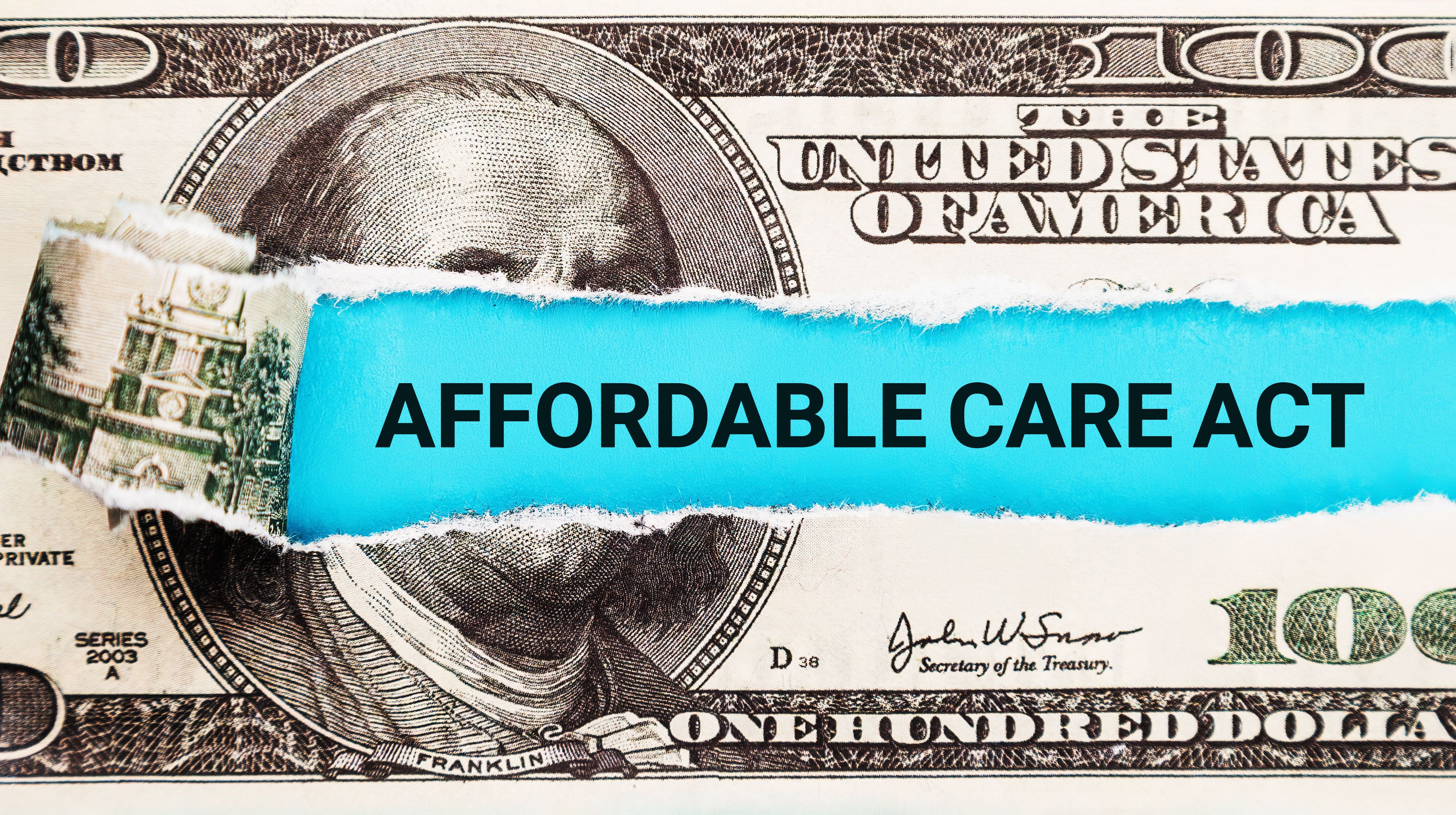Article
Successful Interventions, Positive Outcomes: Understanding the Impact of Social Determinants of Health
Author(s):
Although it’s difficult to generalize the impact of social determinants of health, addressing them is fundamental to improving overall healthcare quality for member populations.
This article was co-written by Donald Casey Jr, MD, MPH, MBA, chief of Clinical Affairs for Medecision, and Tamara Cull, DHA, vice president of Market Development for Medecision.
According to the newly released National Healthcare Quality and Disparities Report, from the Agency for Healthcare Research and Quality, disparities for the poor and uninsured populations make quite a statement. More than half of measures show poor and low-income households have worse care than high-income households, and two-thirds of measures show uninsured people had worse care than privately insured people.
Perhaps less well documented is the causal link between healthcare disparities and social determinants of health. Social determinants of health are commonly defined as “the conditions in which people are born, grow, live, work and age,” and there are clear examples that social determinants, such as access to food, housing and transportation, can intensify healthcare disparities.
For instance:
- It is tough to follow the “healthy” diet providers often recommend if you lack access to affordable fresh fruits and vegetables.
- If you’re living near poverty, it’s difficult to avoid the older, more allergen-prone housing situations that often exacerbate conditions such as asthma.
- Without affordable, accessible transportation to get food and medicines and to attend doctors’ visits, it’s not easy for anyone to maintain health.
Managing social determinants of health is especially important for beneficiaries of government healthcare programs, because they automatically meet the standards for higher-risk disparities. Medicare beneficiaries must be 65 years or older and/or disabled; Medicaid beneficiaries must be living in poverty. Dual-eligible member populations are among those at highest risk because they meet the criteria for both coverages.
Plan of Action
Although it’s difficult to generalize the impact of social determinants of health, addressing them is fundamental to improving overall healthcare quality for member populations. Organizations such as the National Quality Forum (NQF) are working to develop evidence-based approaches to identify and tackle the influence of social determinants on health outcomes.
In the meantime, health plans can also start to eat this proverbial elephant one bite at a time.
First, health plans have to recognize that a collaborative approach is absolutely essential to success. No one organization can manage social determinants of health and population health holistically. Rather, health plans and health systems must develop a community accountability model and build coalitions with their community partners.
No program will be perfect at first, either. As an industry, we’re all relatively new to the concept of managing social determinants of health for member populations. That is why it’s important to create a framework that encourages ongoing evolution. Focus on:
- Achieving enterprise alignment
- Harnessing the power of data to identify meaningful opportunities for clinical and financial improvement
- Leveraging technology to intervene and engage members
- Continually measuring and improving performance
For the greatest initial impact, start addressing social determinants of health for populations at highest risk, such as those with dual eligibility. One “success story” that illustrates the effectiveness of a home-based community health model for dual-eligible populations is the Health Connections Initiative launched by Catholic Health Initiatives.
This program combatted health disparities in 3 different parts of the country. Health Connections team members lived and worked in the communities they served, which helped boost participant acceptance. Team members identified participants for interventions who: lived in poverty (socioeconomic status); lived in geographic locations known to lack community support resources (geographic status); and had one or more health conditions requiring medical treatment (disabilities).
Community Solutions
Programs such as the Health Connections Initiative recognize that the key to mastering social determinants of health is to build community collaborations that span the entire care continuum. Whether health plans want to pursue bundled payment programs or specific population health initiatives, they must identify the social determinants that impact the population being served, then design a care model that addresses those disparities at the right place in the care continuum.
Let’s say a member has just been discharged after a total knee replacement. You can hardly expect her to go to physical therapy 3 times each week if her only transportation is a city bus that she cannot board with her walker. Ultimately, the intervention can only be successful if a community team works together to resolve her transportation need.
Addressing social determinants of health to improve population health is all about working with provider teams to solve these types of problems. Technology can play an important role connecting the entire care community in real time. Applications like Aerial InCircle, for example, can unite plans, provider teams, members and others to enable a continuum-wide and collaborative approach. Such secure social networking tools make it easier and faster for members to communicate with care teams and engage their support networks of family and friends. In one program, women with gestational diabetes found it a simple way to report their blood glucose levels, get their questions answered quickly, and enlist the right support when needed.
There is no single solution for overcoming the many, complex disparities that exist in healthcare. What we can do, however, is enable community collaboration and encourage ongoing alignment and improvement. We can start to chip away at social determinants of health, building strong community support networks that give everyone a chance to achieve health and wellness.
Newsletter
Stay ahead of policy, cost, and value—subscribe to AJMC for expert insights at the intersection of clinical care and health economics.
2 Commerce Drive
Suite 100
Cranbury, NJ 08512
© 2025 MJH Life Sciences® and AJMC®.
All rights reserved.



